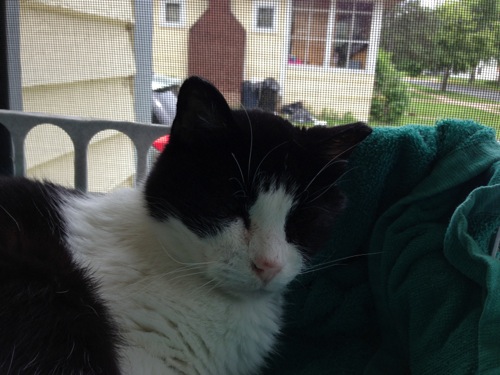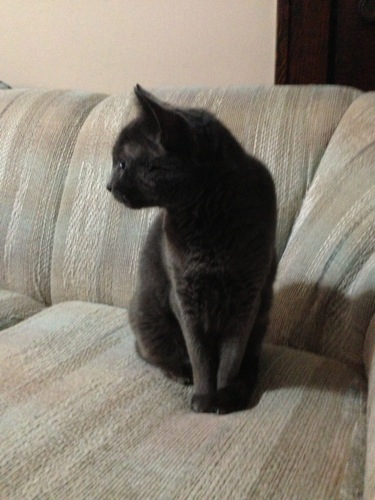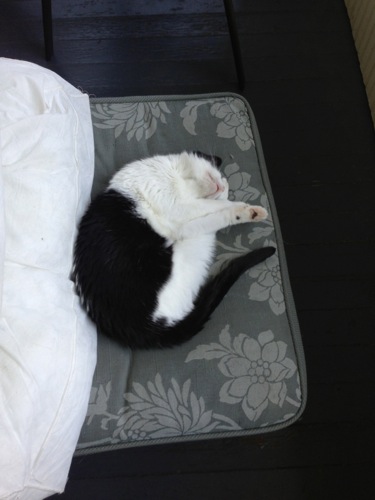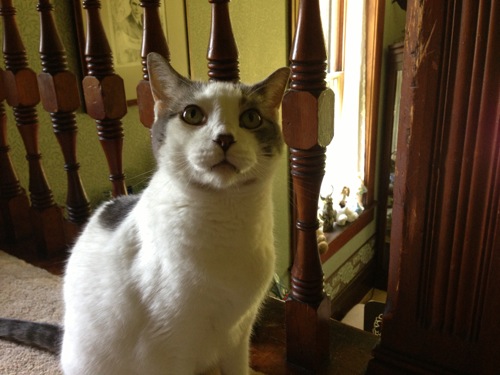In his wonderful screenwriting book Which Lie Did I Tell?: More Adventures in the Screen Trade, William Goldman spends more than a little bit of time talking about Late Entry, by which he means starting the camera as late as possible in any given scene. This, like much of the advice in Goldman’s two books on screenwriting–the other is Adventures in the Screen Trade–is absolutely dead on for novels and short stories as well.
A simple example for why this is true might go like this: Character A enters a room. They then spend forty minutes peacefully reading a magazine before character B comes along and starts a dialogue. Several minutes might then go into them exchanging pleasantries about their extended family before a troublesome memory of A doing something stupid at B’s wedding comes up. A fight ensues and eventually B pulls out a gun and shoots A dead, then flees the scene.
In a movie, with it’s limited time budget, it is obvious why most if not all of the waiting and initial family discussion will not and should not end up being filmed. It’s boring and it wastes half of the two hours you have to tell the entire story. The question is where exactly do you start the camera rolling? The answer is and should always be as late as possible for the scene to make sense and show the audience what they need to see. Depending on the story, you might put in snippets of the wait and pleasantries or you might not. You will almost certainly put in parts of the argument (though those might be better brought it in flashback) and you must put in the shooting.
The question of when to leave a scene is a mirror of the Late Entry principle. How soon can you get out while still giving the audience what they need? The answer is: As soon as possible. And the same principle applies to writing a novel or short story. Any part of a scene that doesn’t cover something the reader needs to know about should go.










